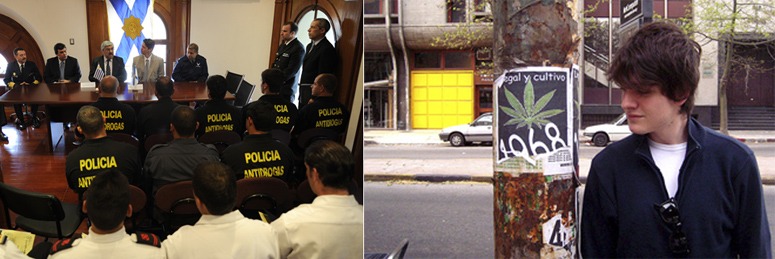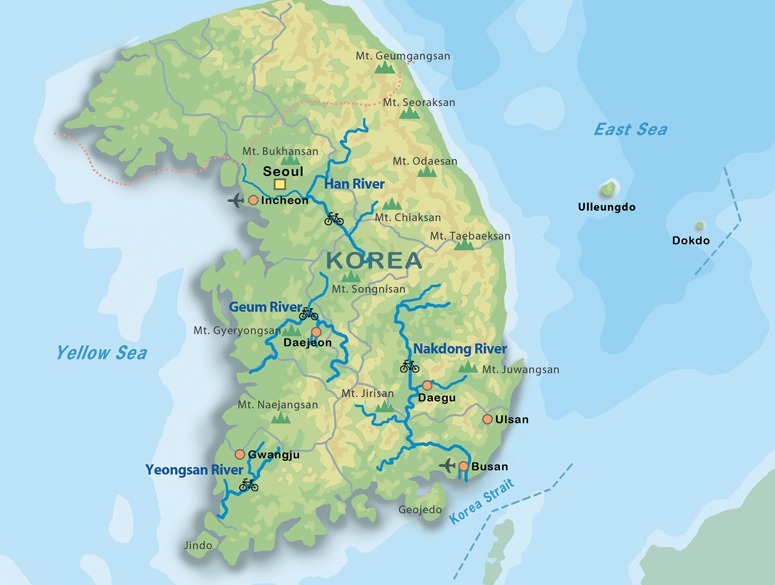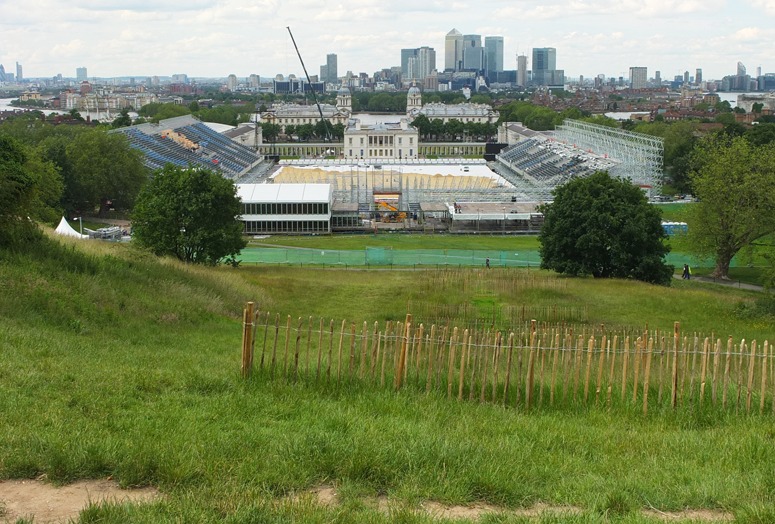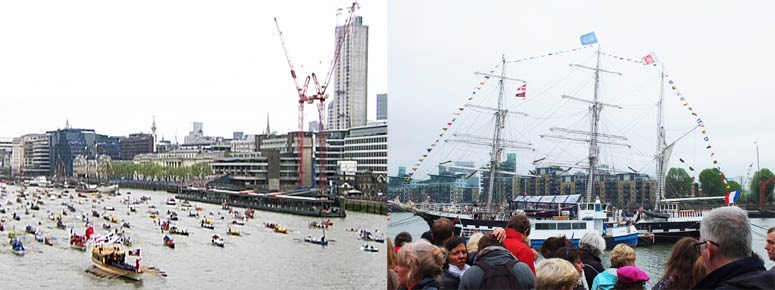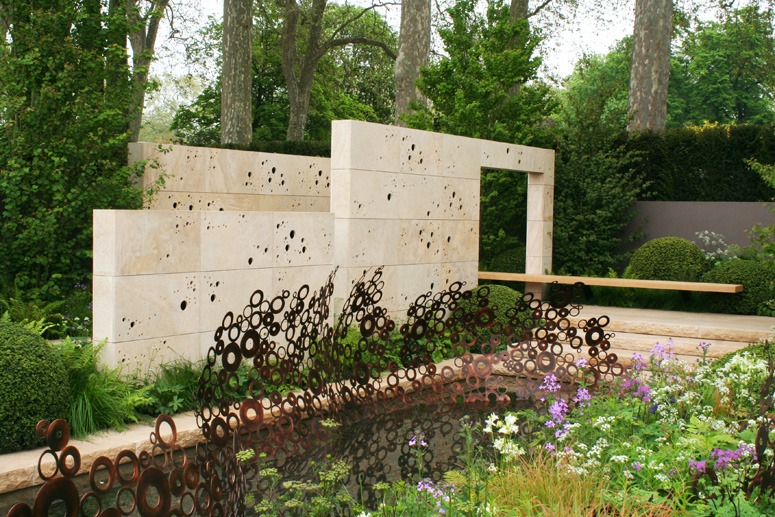The muscular men on the left appear confident of their own virtue. The young man on the right has the diffident sensitivity of a poet, wondering if drugs should be legalised. Uruguay, it has been announced, has decided to make marijuana a state enterprise. The government will grow marijuana and sell marijuana. Their aim is to put the criminal drug barons out of business and ensure those who smoke marijuana can get a clean uncontaminated product. I support the policy of putting the barons out of business – and wonder where the stuff should be grown. Should marijuana be grown in secure government barbed wire compounds? Or in private gardens? Or in public parks? Could it be a forbidden fruit symbol, fostering our hatred of sin? What involvement might the church have in this enterprise?
The aspect of the Uruguay drugs policy I question is the government making money from it. This could lead officials to encourage consumption. Politicians do not always reek with virtue. Why not give the stuff away? – but plan the distrubition so that users have to walk past an exhibition showing the ill-effects of drug use. They could also revive the Order of Penitents and have lines of former drug users bewailing their fates and showing their scars.
Images courtesy U.S. Embassy Montevideo and Marcelo Acosta.

